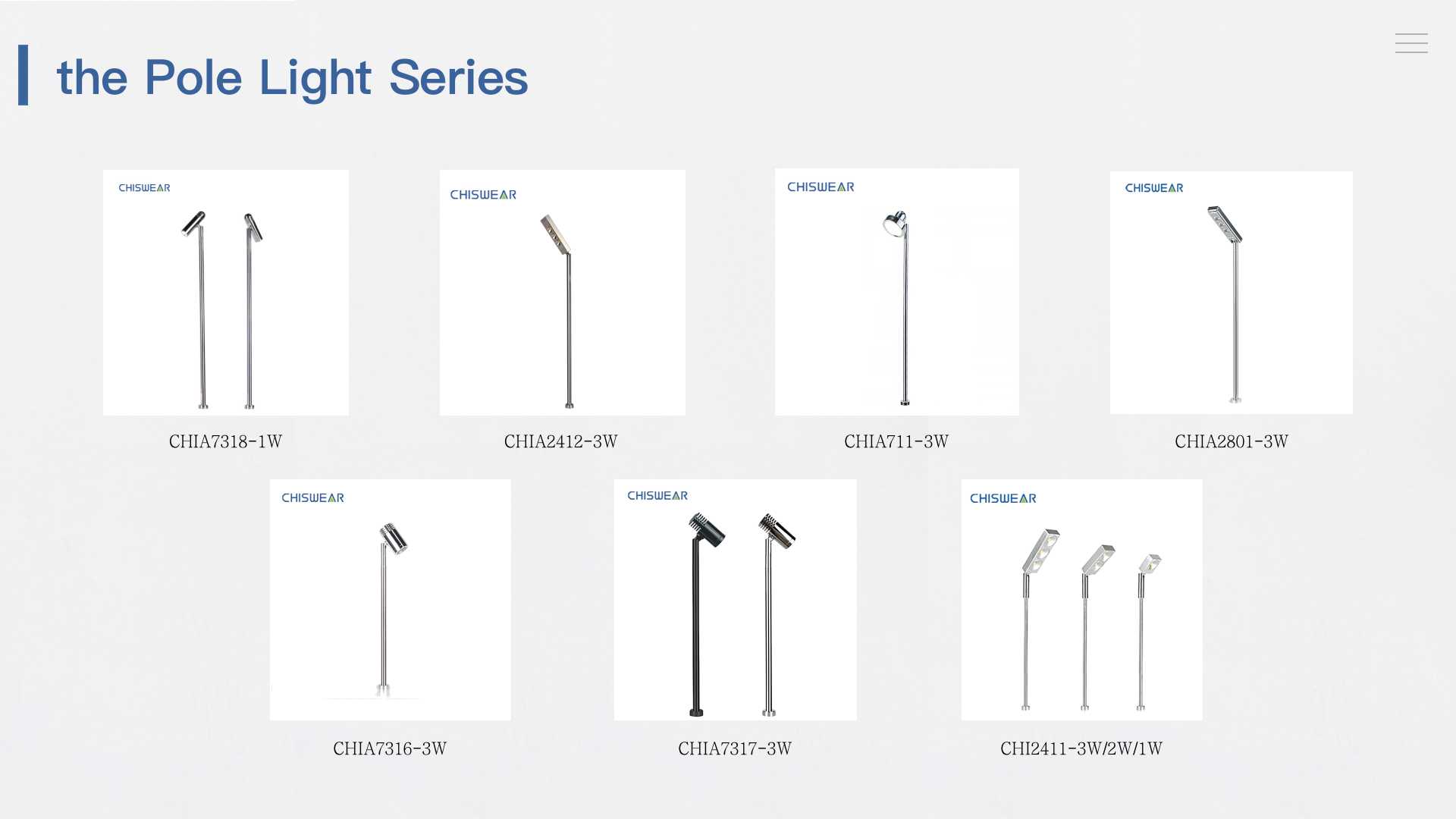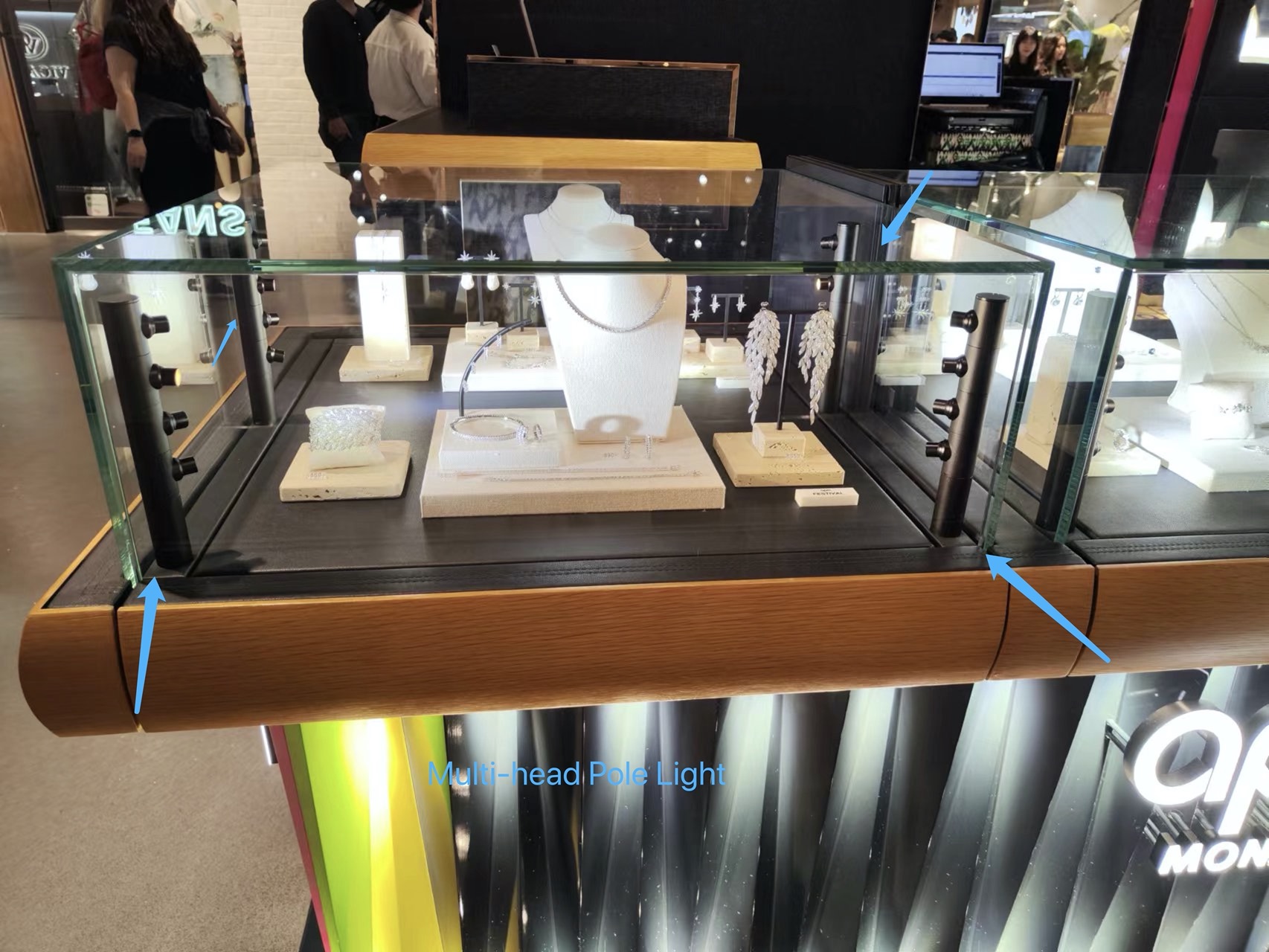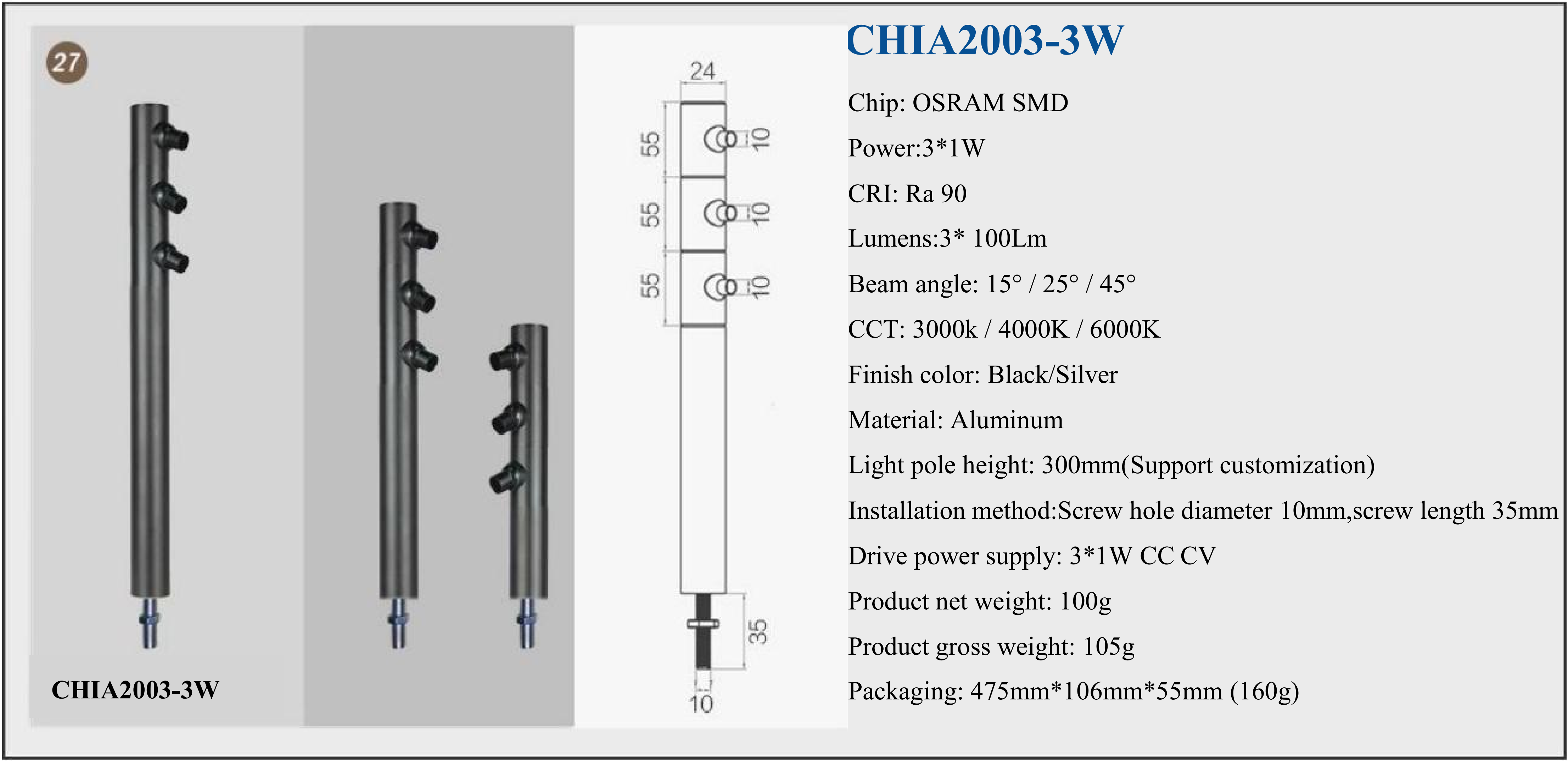For complex exhibits, lighting from above and below is an effective approach, but glare is inevitable. Although adding dimming equipment can alleviate some of the issues, it is still impossible to fundamentally solve the problem of glare. As a result, people came up with the idea of using small pole lights.
By adjusting the projection direction and the height of the pole, the light can be projected onto the desired area, which is very convenient.
Of course, later on, the market also developed some upgraded versions:
● The height of the pole can be adjusted.
● The beam angle of the lamp can be adjusted.
These two adjustments can flexibly control the lamp projection angle and beam angle, greatly facilitating on-site debugging.

However, this type of pole light also has its drawbacks:
● The lamp body is all exposed, occupying exhibition space.
● For three-dimensional exhibits, the light can only be projected onto the side of the exhibit. To achieve the ideal lighting effect, pole display cabinet lights are best used in combination with other lighting methods.
Later on, to solve this problem, the market introduced multi-head pole lights:
They take up less space, and the lamps can project light from multiple positions, which alleviates some of the issues with pole lights, but it is still not a complete solution.
Using pole lights in museum display cabinets can provide detailed treatment of exhibits, but due to the lamps' exposed nature and space occupation, it has a significant impact on spatial display, so their use is becoming less and less popular.


Is there any exhibition cabinet lighting that does not take up space? The next article will introduce you to cabinet exterior lighting.
Post time: May-10-2023